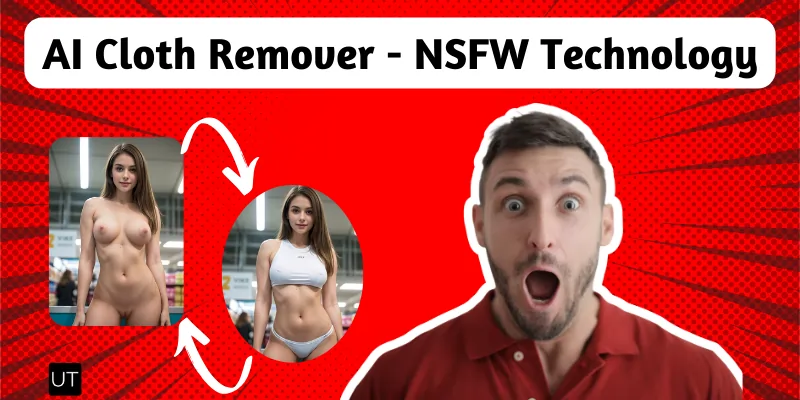
Hey there! I’m a tech blogger with an odd fascination for AI’s weirder applications. Recently, I stumbled upon something that made me do a double-take – AI that can remove clothes from photos.
At first, I thought it was just another internet gimmick. But as I dug deeper, I realized this tech is no joke. It’s sparking heated debates and finding surprising uses beyond the obvious naughty stuff.
Last week, I showed my friend Sarah how it works. Her jaw dropped, then she burst out laughing. “This is insane!” she said. “But also kinda cool?” That pretty much sums up how I feel too.
So I decided to write about it. In this post, I’ll share what I’ve learned about AI cloth remover NSFW technology – the good, the bad, and the downright bizarre. Stick around if you’re curious about where this wild tech might take us!
Current State of AI Cloth Removal Technology
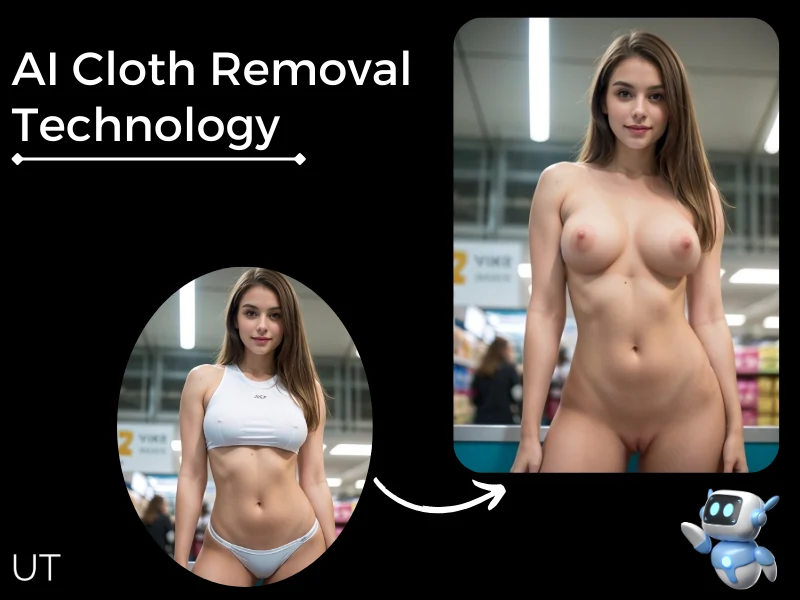
The technique of removing clothes using artificial intelligence, commonly dubbed as “AI undressing” or “deepnude” technology, refers to the various application of algorithms designed to take off clothes from photographs and produce believable naked figures.
Some of the key technical components enabling this capability include:
- Generative adversarial networks (GANs): GANs involve competition of two neural networks. One is the generator which makes images and the other is the discriminator which classifies images as real or fake. After multiple and prolonged training sessions, one gets to observe and appreciate the prowess of the generator in creating very realistic nude images.
- Body pose estimation: AI models analyze the pose and positioning of bodies in input images to accurately map clothing removal and skin generation.
- Segmentation: Computer vision techniques segment images to identify clothing vs. skin regions.
- Texture synthesis: AI generates realistic skin textures to replace removed clothing.
- Style transfer: Algorithms match the lighting, color, and style of the original image.
Leading platforms like Undresser.ai use these AI/ML techniques to offer user-friendly cloth removal tools. Users can simply upload clothed photos and the AI will generate nude versions in seconds.
The quality and realism of AI-generated nudes has improved dramatically. Early versions often produced blurry, unrealistic results. But the latest models can generate highly convincing nude images that closely match the original in terms of lighting, skin tone, body proportions, etc.
However, current AI cloth removers still have limitations:
- Results can be inconsistent, especially for complex poses or clothing.
- Artifacts or distortions sometimes appear.
- Fine details like tattoos or birthmarks may be lost.
- Face swapping capabilities are limited.
Future Advancements in AI Cloth Removal
As AI and computer vision technology continues advancing at a rapid pace, we can expect significant improvements in cloth removal capabilities:
Higher Resolution and Detail
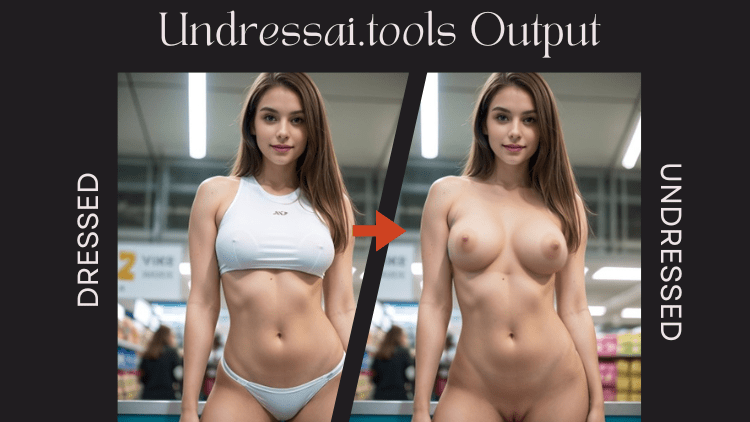
Future AI models will likely be able to generate much higher resolution nude images with finer details preserved. This could include:
- Skin textures, pores, hair follicles
- Scars, tattoos, birthmarks
- Subtle variations in skin tone
More Accurate Body Modeling
Advancements in 3D body modeling and pose estimation will enable:
- More anatomically correct results
- Better handling of complex poses and angles
- Accurate modeling of muscle definition and body fat distribution
Improved Consistency
As training datasets and model architectures improve, results will become more reliable and consistent across different input images.
Video Processing
While current tools focus on static images, future AI may be able to undress people in videos, maintaining consistency across frames.
Customization Options
Users may gain more control over generated results, with options to:
- Adjust body proportions
- Add/remove tattoos, piercings, etc.
- Modify skin tone, muscle definition, body hair
Face Swapping Integration
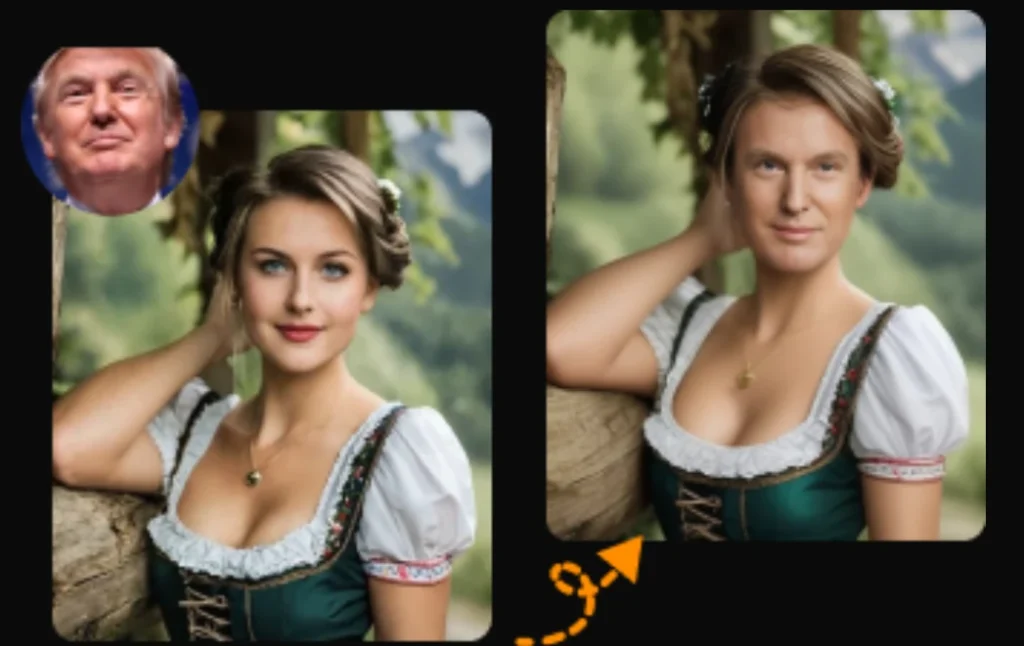
More seamless integration of face swapping could allow users to combine the bodies and faces of different people.
AR/VR Applications
AI cloth removal may be integrated into augmented and virtual reality platforms for interactive experiences.
Ethical and Legal Considerations
The development of AI cloth removal technology raises several important ethical questions:
- Consent: How can we ensure that these tools aren’t used to create non-consensual nude images of real people?
- Privacy: What safeguards are needed to protect user data and prevent the misuse of uploaded images?
- Body image: Could the prevalence of idealized AI-generated nudes contribute to unrealistic body standards?
- Deepfakes: How might this technology intersect with other forms of synthetic media to create convincing false content?
Legally, the use of AI cloth removers exists in a gray area in many jurisdictions. While creating and possessing computer-generated nude images is generally legal for adults, using them to harass or impersonate others could violate various laws.
The Road Ahead
As AI cloth removal technology continues to advance, society will need to wrestle with its implications. Some potential developments we may see:
- Industry self-regulation and ethical guidelines for developers.
- Legal frameworks specifically addressing AI-generated nude imagery.
- Improved detection methods to identify AI-generated nudes.
- Blockchain-based consent and authentication systems for nude images.
- Integration of the technology into mainstream social media and dating platforms.
- New forms of digital art and expression leveraging the capabilities.
- Shifting norms and attitudes around nudity and bodily privacy.
Ultimately, like many emerging technologies, AI cloth removal is a double-edged sword. It has the potential for both beneficial applications and harmful misuse.
Technical Deep Analysis: How AI Cloth Removal Works
To better understand the future trajectory of AI cloth removal, it’s helpful to examine the technical underpinnings in more depth. While specific implementations vary, most current systems use some combination of the following components:
1. Image Segmentation
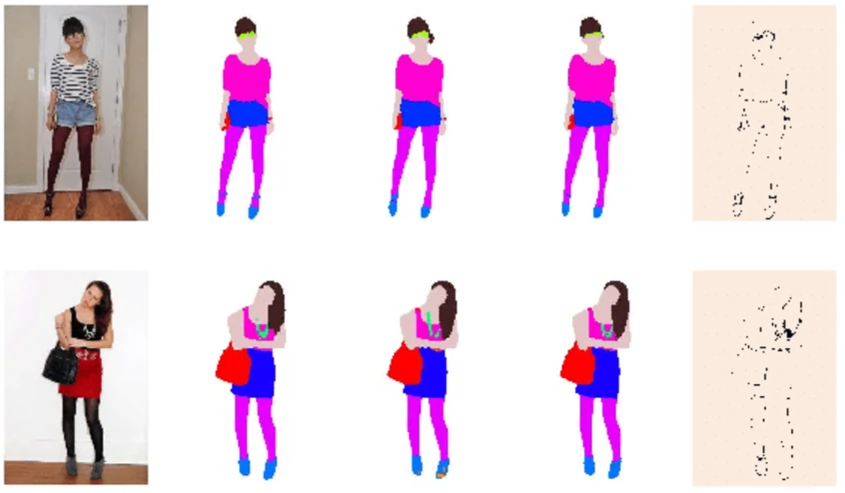
The first step is typically to segment the input image, identifying regions corresponding to skin, clothing, background, etc. This is often done using semantic segmentation models like U-Net or DeepLab.
2. Pose Estimation
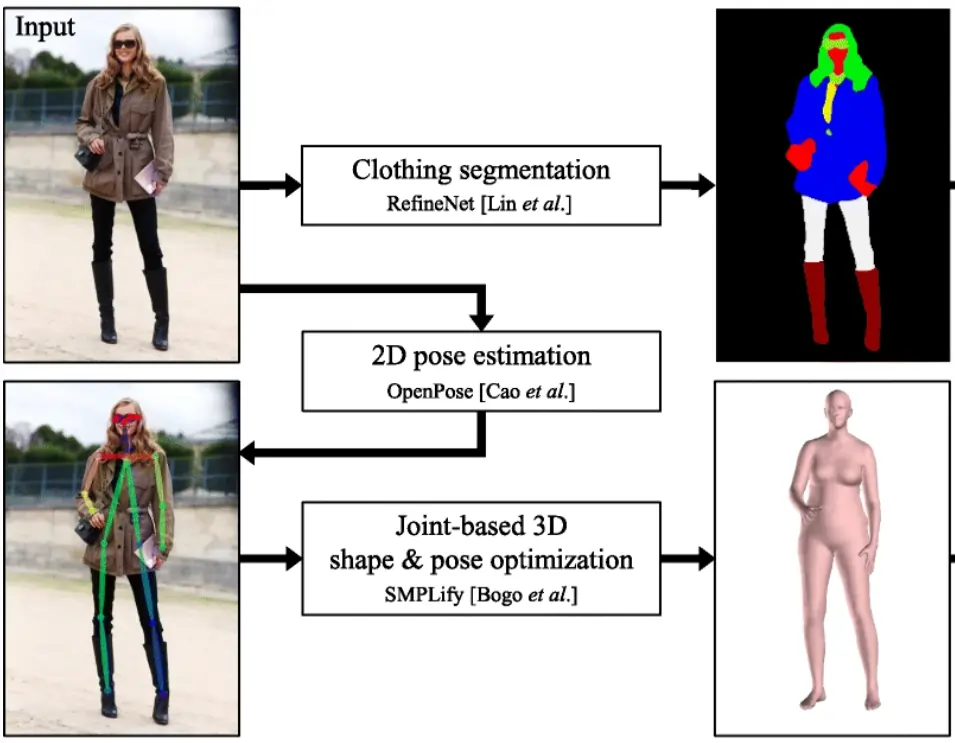
Next, the system estimates the body pose and positioning. Popular approaches include:
- OpenPose
- DeepCut
- AlphaPose
This generates a skeletal model that guides subsequent processing.
3. Clothing Mask Generation
Using the segmentation and pose data, a mask is created delineating the clothing areas to be removed.
4. Inpainting
The clothing regions are then filled in using inpainting techniques. Modern approaches leverage GANs for this, such as:
- Context Encoders
- Globally and Locally Consistent Image Completion
5. Skin Texture Synthesis
To generate realistic skin textures, systems may use:
- Texture synthesis GANs
- Style transfer techniques
- Procedural texture generation
6. Body Shape Refinement
The overall body shape is refined to ensure anatomical correctness and match the original image. This may involve:
- 3D body modeling
- GAN-based refinement
- Morphable body models
7. Face Preservation
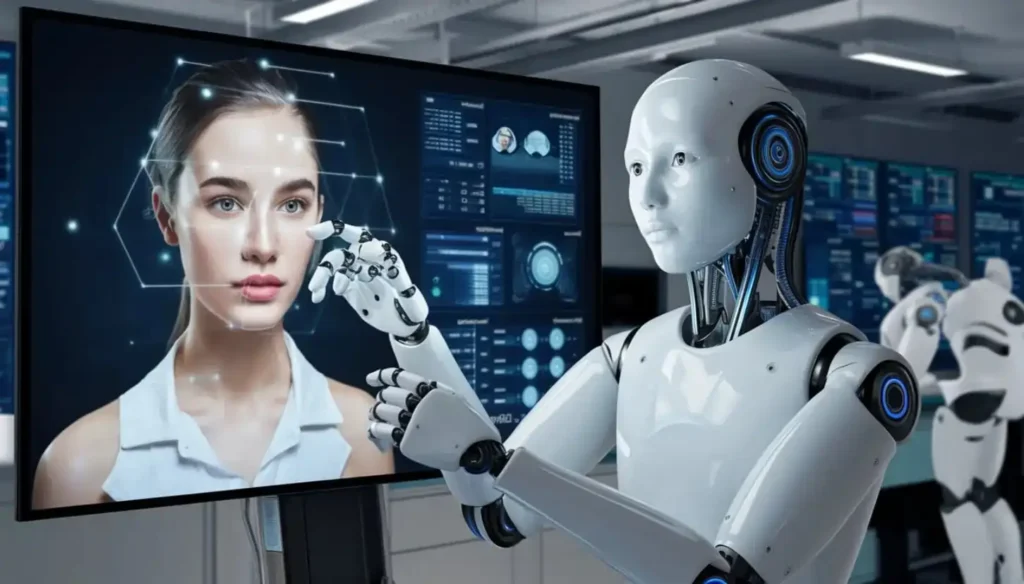
Special processing preserves the original face while blending it with the generated nude body.
8. Post-processing
Final touches like color correction, noise reduction, and artifact removal are applied.
This multi-stage pipeline allows for ongoing improvements in each component. As the underlying AI/ML models advance, we can expect corresponding gains in overall output quality and realism.
Conclusion
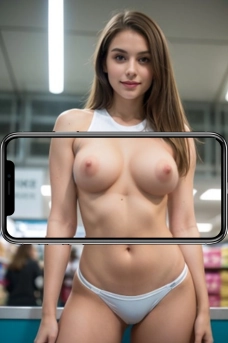
AI-powered cloth removal technology stands at the intersection of advanced AI research and age-old human fascinations with nudity and sexuality. The informed citizens and their leaders will have to deal with the ethical, privacy, and consent-related issues of emerging technologies as they are applied in societies.
There is no denying that the chances of enforcement abuse of the said technology are very high. On the flipside, the technology creates opportunities for new art, body-positive activism, working and even reworking the existing technologies In such sectors as fashion and medicine. In the end, the manner in which we will decide to develop and use these technologies as a community will determine how beneficial or harmful they will be to humanity.
Looking ahead, however, it is evident that AI clothing removal technology would also breach some levels of technology and some levels of ethics. It would be important for technologists and policymakers, as well as members of the public, to continue holding discussions on how to best engage with this relentlessly enticing branch of artificial intelligence.
